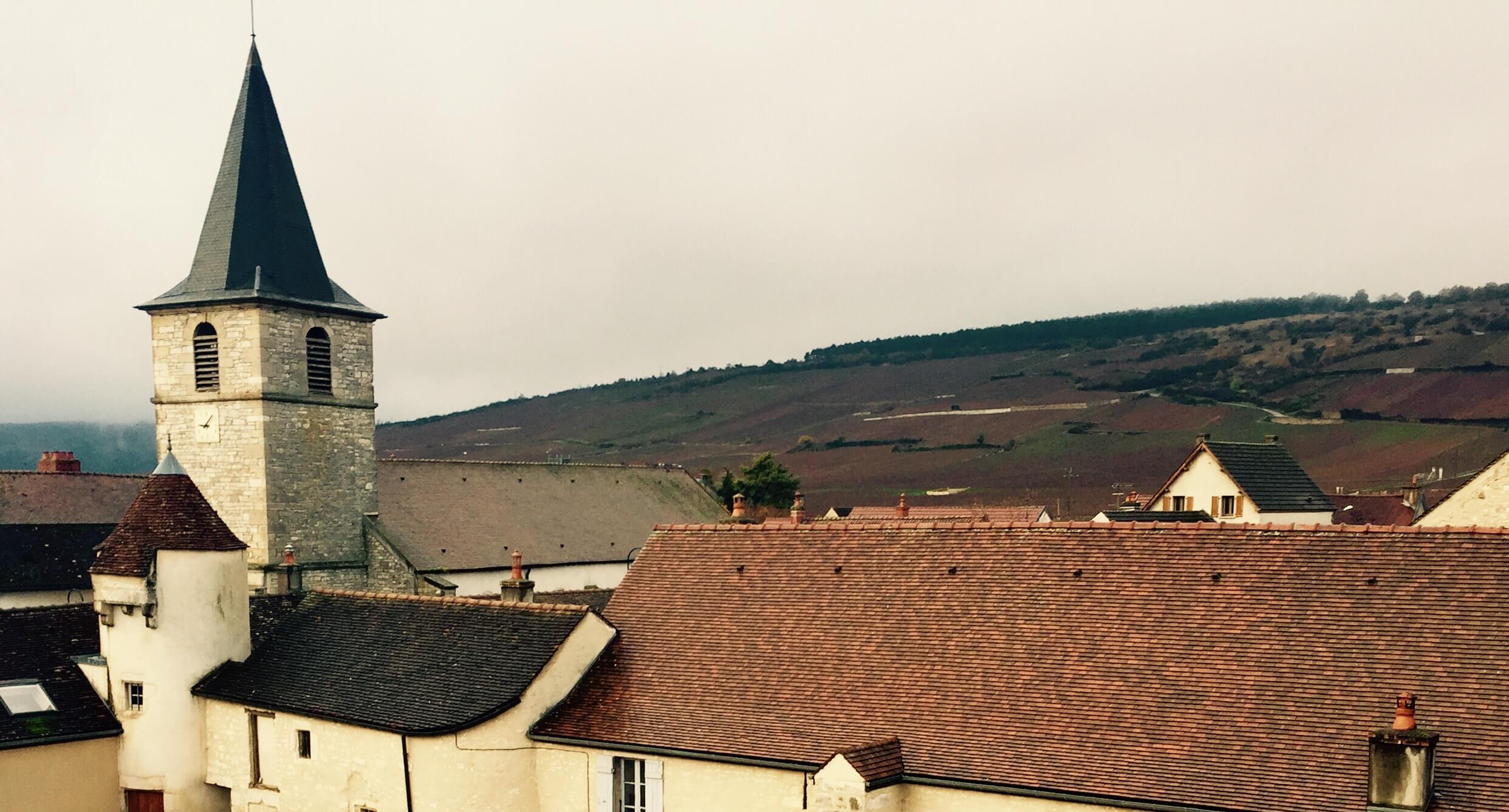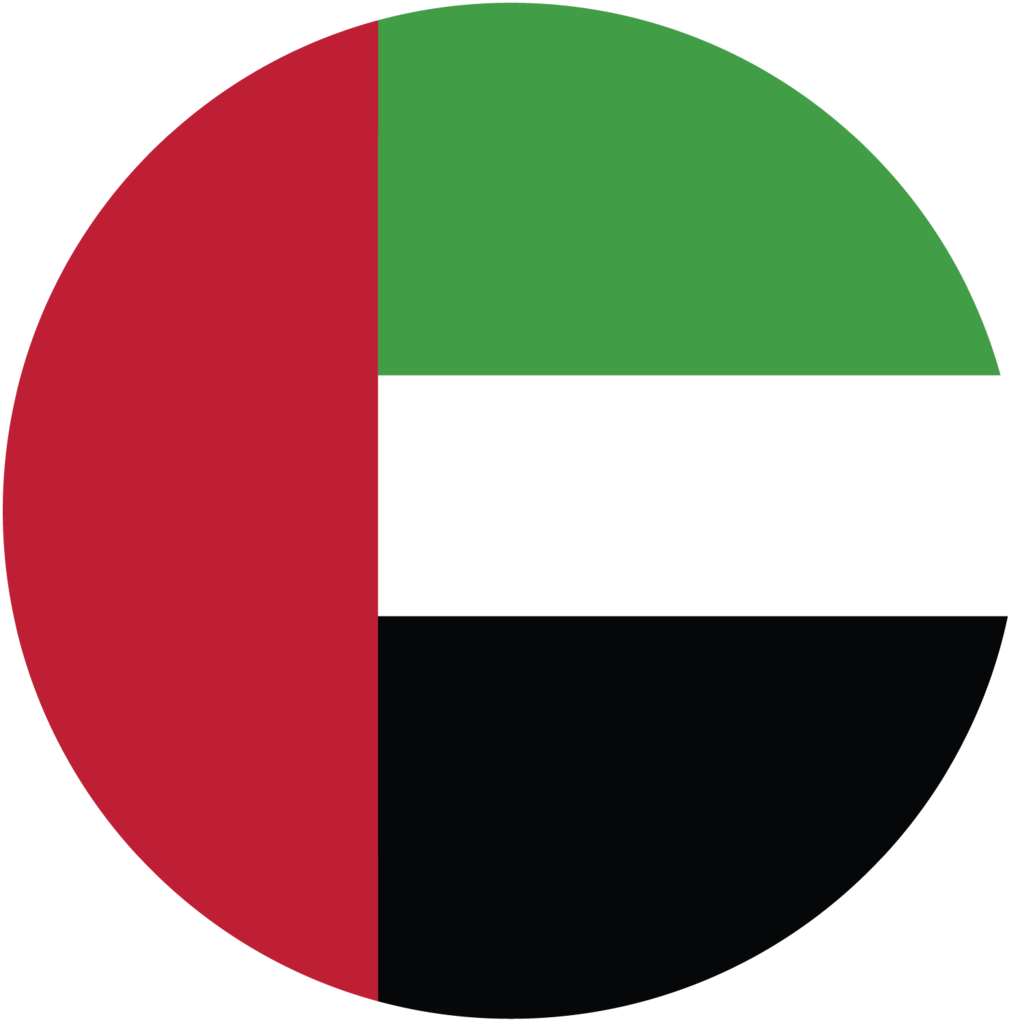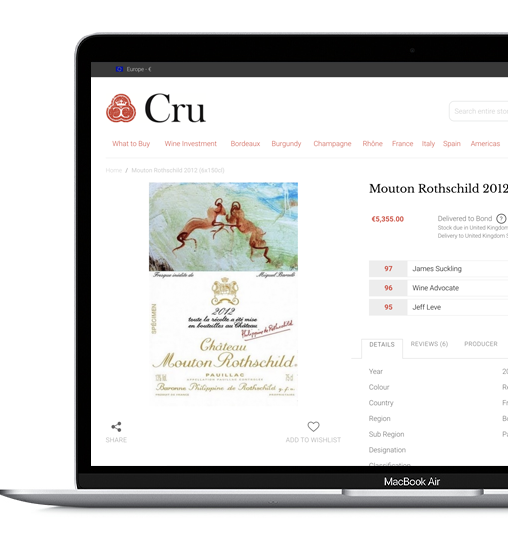

With Burgundy 2016 on the horizon we decided to put the age-old question of New World vs Old World wines to the test. Last month we had the distinct pleasure of conducting a tasting in conjunction with the Imperial College SCR Wine Tasting Group showcasing a line-up of 12 wines and a (relatively) academic discussion of the merits and differences of Burgundy with New World Pinot Noir and Chardonnay counterparts.
The tasting took the form of 6 individual head-to-heads with a New World Chardonnay against a white Burgundy of roughly the same price-range and quality level and the same for the reds. Before we started we canvassed the room to figure out what our expectations and prejudices were and most of the room expected the New World wines to perform better, with the Burgundies proving to be poor value relatively.
With this in mind we began the tasting. Right out of the gate one thing became apparent; even inexpensive Burgundy requires more time to mature than New World Pinot and Chardonnay. One of the first pairs, which compared Jean Marc Boillot Montagny 1er Cru with Calera’s Central Coast Chardonnay. Both 2015s, both around £20 per bottle, but the Boillot was markedly muted on the nose and palate, though the structure was clearly evident. The Calera was more showy, but you could tell it wouldn’t make it much longer than another year or two before fading.
_
“Most of the room expected the New World wines to perform better...”
_
The higher end pairing among the whites was more clearly in favour of the Burgundians with Henri Boillot Meursault 2015 thoroughly outshining the 2013 Solomon Hills, despite its relative youth. The whites were a bit eye-opening for a lot of those present, many of whom were devoted Chardonnay drinkers, many more of whom were devoted anything-but-chardonnay drinkers. It turned out that many of the Chardonnay drinkers were more into the Burgundies than they expected. Many of the ABCs were almost chagrinned to agree with them and find Chardonnay that they truly enjoyed!
Moving onto the reds we started with an entry-level Bourgogne Rouge by Hudelot Noellat alongside the Calera Central Coast Pinot Noir. Similarly priced, the almost-Chambolle-Musigny fruit of the Hudelot made for a surprisingly big, ripe, tannic wine that felt like a much higher end bottle than it’s £18 price tag would suggest. Meanwhile the Calera was wide open, bright and forward but that was what people were after on the night. Burgundy’s age worthiness was clearly working against it with the crowd at Imperial.
I threw them a curve ball with a younger New World versus a slightly older Burgundy; a 2016 Hamilton Russell against the 2015 Chassagne-Montrachet Rouge by Fontaine Gagnard. Only about 5 months separated their respective harvests but it was all the difference in the world. Too much oak still on the Hamilton Russell and surprisingly soft tannins with bright red fruit gave the Chassagne the edge.
To round off the tasting we went with Ochota Barrels A Forest, Australia’s highly touted Pinot specialist against the only properly mature bottle of the night; Simon Size Savigny les Beaune 1er Cru Talmettes 2008. I expected the Size to be a dead ringer for wine of the night, but I also expected the Ochota to put up a fight. I was surprised when even I took the Ochota Barrels over the Burgundy in this instance.
The overall outcome for the evening was a narrow result in favour of Burgundy, with the wines pretty evenly divided and the surprise wine of the night, the Chassagne Montrachet Rouge proving decisive!
This is a debate that will rage for as long as wines are made, but the upshot of this exercise is that it’s a very satisfying debate to take part in!
Thanks to Imperial College for having me and hope the rest of your tasting programme is as engaging!



















